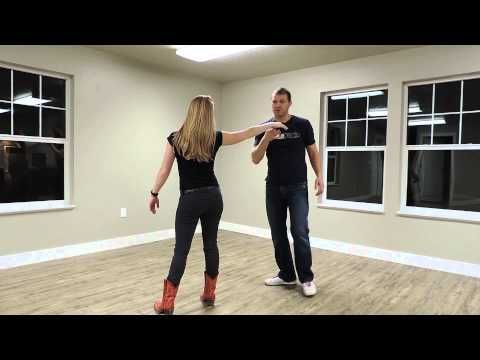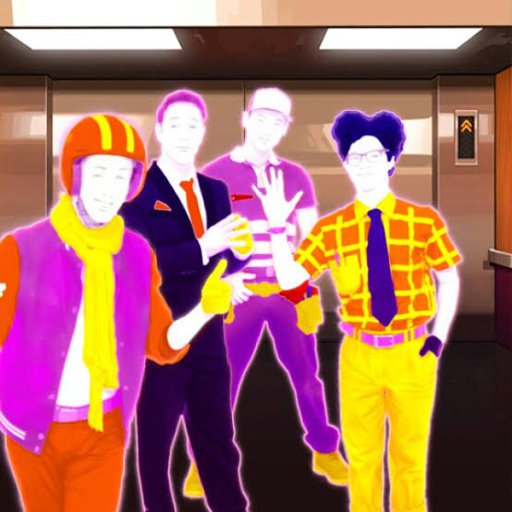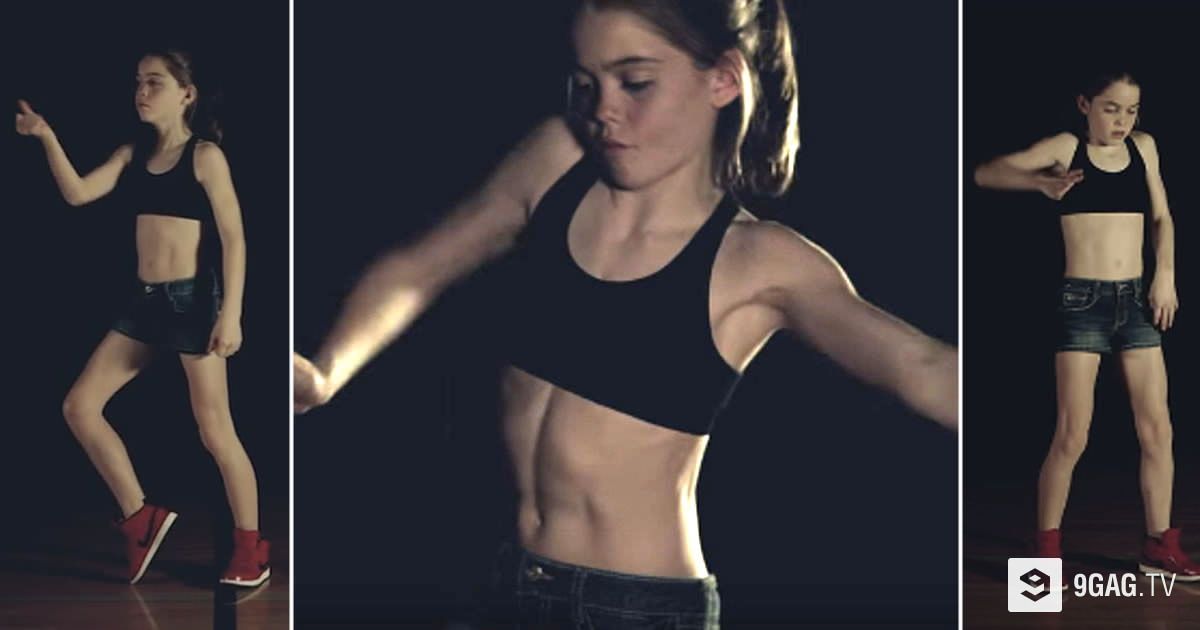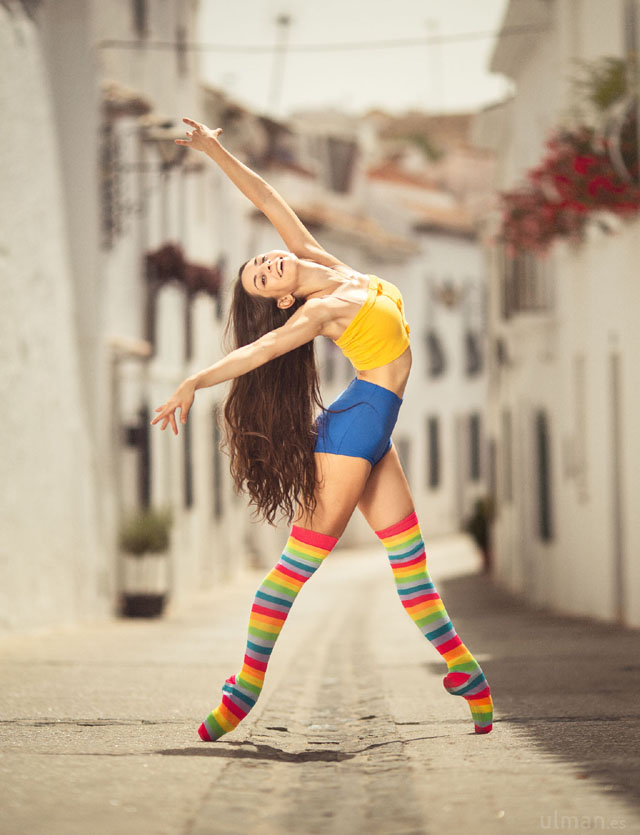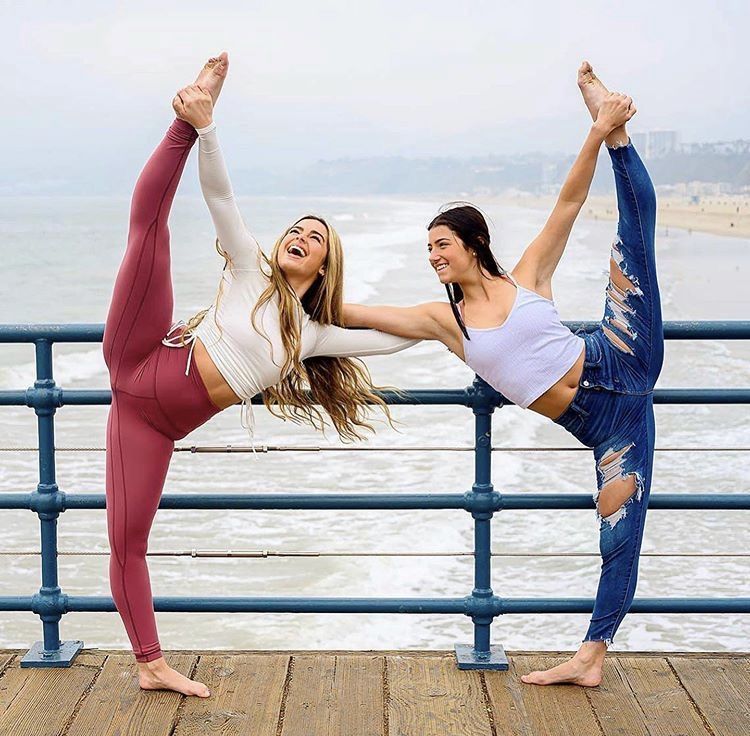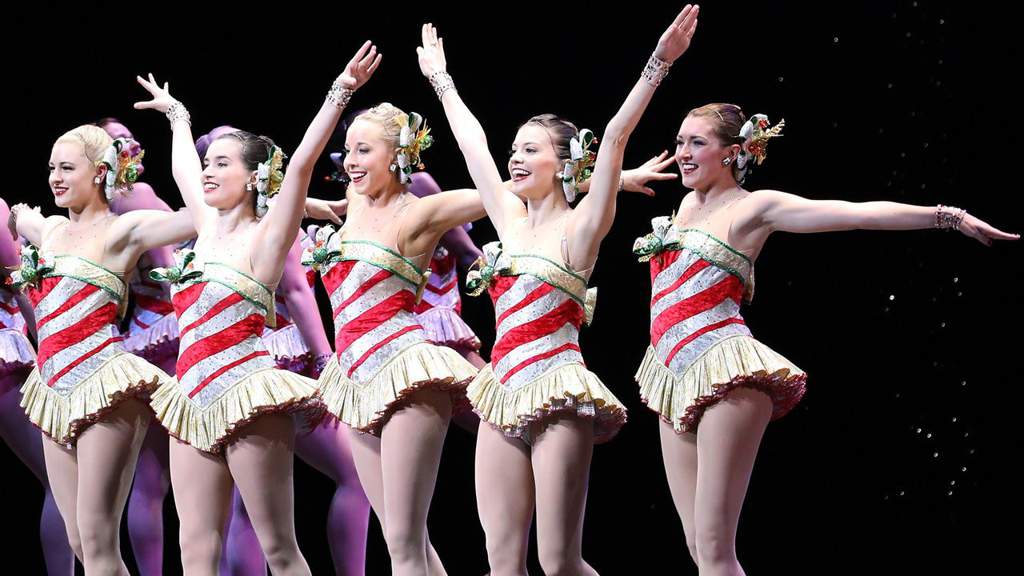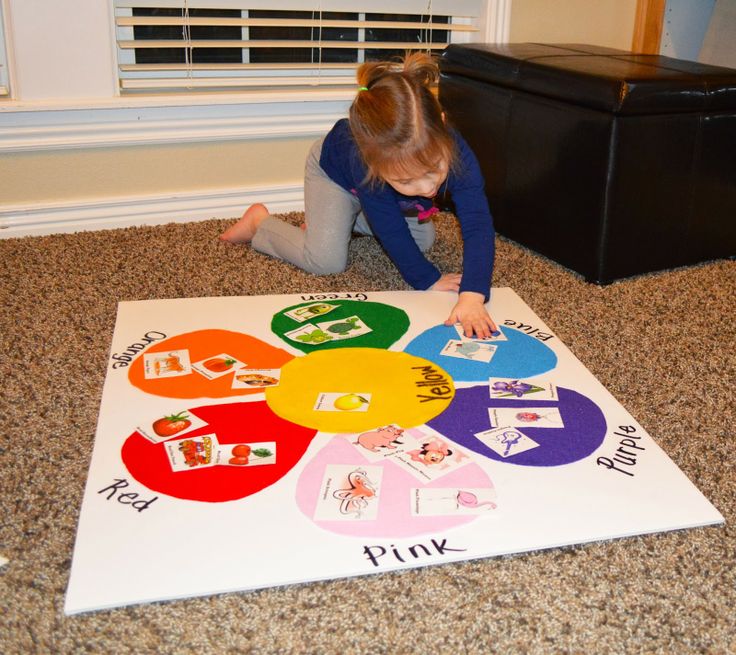How to dance the swing step
How To Swing Dance For Beginners (Step By Step Guide)
Table Of Contents:
Swing Dance History & Character
How To Count In Swing
Swing Basic Step #1 – Video
Swing Basic Step #2 – Video
Learning how to Swing dance isn’t rocket science…
Like all Ballroom dances, Swing dancing is based on specific basic steps that once mastered can be applied to all kinds of turns, hand swaps and spins. Below you will learn the 2 main basics steps of Swing.
What is Swing Dancing?
This style of Swing is East Coast Swing which originates from Lindy Hop. It is a Stationary partner dance that doesn’t travel much – Meaning it is pretty much danced on the same spot – As opposed to a traveling Ballroom dance like Waltz. The character of this dance is playful and lively. There are a lot of turns and spins that make this dance really fun for couples.
Swing Songs To Practice To:
* Many of the popular songs played on the radio fit this dance including:
Zac Brown Band – Loving You Easy – Slow Tempo
Michael Bublé – Haven’t Met You Yet – Faster Tempo
How To Count The Swing
Beginner Way of Counting the Swing:
Rock Step, Triple Step, Triple Step.
The Count using numbers:
1,2 (Rock Step), 3 a 4 (Triple Step), 5 a 6 (Triple Step).
* We strongly recommend that you count in the beginner way for a while. However, it is important to understand that the rocks step has two full weight changes to 2 beats of music. And the triple steps (3 a 4 Or 5 a 6) have three weight changes to only 2 beats of music. This makes the triple steps faster.
How to Swing Dance – Basic Step #1:
Breakdown of the Swing Steps (East Coast)
Men:
Starting with left foot
Rock step – Step back with left and replace on right.
Triple step to left – Side, close, side (left, right, left)
Trip step to right – Side, close, side (right, left, right)
Women:
Starting with right foot
Rocks step – Step back with right and replace on left.
Triple step to right – Side, close, side (right, left, right)
Triple step to left – Side, close, side (left, right, left)
The Lead:
* Connect fwd to each other before starting to dance.
Leaders: Apply pressure fwd using the entire body but mostly the left arm (For the rock step). Make sure to extend the elbow slightly. Now, after the rock step, using your body weight and right arm connection, lead the followers to triple side steps in both directions. Ladies, don’t anticipate the lead – Simply connect forward to your partner to feel his lead.
Basic #2: Swing Outside Turn (Right Underarm):
Breakdown of Outside Turn (Above)
Men:
Starting with left foot
Rock step – Step back with left and replace on right.
Triple step to left – Side, close, side (left, right, left)
PIVOT 1/4 to left (On left foot)
Trip step to right – Side, close, side (right, left, right)
Women:
Starting with right foot
Rocks step – Step back with right and replace on left.
Triple step to right – Side, close, side (right, left, right)
PIVOT 3/4 to right (On right foot)
Triple step to left – Side, close, side (left, right, left)
The Lead:
* Connect fwd to each other before starting to dance.
Leaders: Just like in the most basic step, extend your left arm to the followers to allow her to do her Rock Step. Immediately after, as you do the side triple step to the left – raise the left arm just above the follower’s head (indicating a turn coming up). Now on count “&” circle the left arm over the follower’s head as she turns underarm. Make sure to extend your arm to clear your partner’s head.
Other Swing Moves you should learn:
– The Inside turn
– Changing hands behind back
– The Cuddle turn
– The Stop and Go
– Kicks & Flicks
Check out all our Swing dance lessons
Want More Dance Lessons?
We offer a membership that includes access to 300+ Ballroom and Latin dance videos online. Including American & International style videos.
Including American & International style videos.
Membership Info & Registration
Get More Dance Lessons:
How to Ballroom dance For Beginners
How To Cha Cha Dance
Rumba Dance Steps
How To Waltz
Salsa Basic Steps
How To Dance Bachata
How To Dance At Weddings
Learn Basic Swing Steps
Swing is a lively, non-progressive partner dance that can be danced to a wide variety of music, from blues to rock & roll. Non-progressive means it's mostly performed in one spot, so it's very convenient on a crowded dance floor.
- Basic steps
- Instructions & Diagrams
- Video
- Recommended Video Lessons »
Quick intro
Swing is one of the most versatile partner dances you can learn - very social and beginner friendly. Easily adaptable to a wide range of tempos, it involves movements with lots of swinging, spinning and rhythmic, creative footwork.
There are many different styles of swing, the term actually refers to a group of dances that developed from the swing style of jazz music in the first half of the last century. There's Lindy Hop, Boogie-Woogie, Jitterbug, Shag, Charleston, West Coast and East Coast Swing, just to name a few. Each of these dances has its own distinct flavor.
One of the most popular and very suitable for beginners is the East Coast Swing. It's a bit more social and relaxed than other versions. It's also a formal ballroom dance and the easiest to learn. Perfect for beginners, which is why we'll focus on this version here. It will create a good foundation and is the base for other more complex versions.
East Coast Swing can be danced to a variety of music styles. If it's written in 4/4 time and has a tempo between 135-170 beats per minute, you can swing it.
To dance swing you'll need a partner, a sense of humor, and a bit of endurance. It may seem a bit intimidating at first, especially if you're watching those who really mastered it.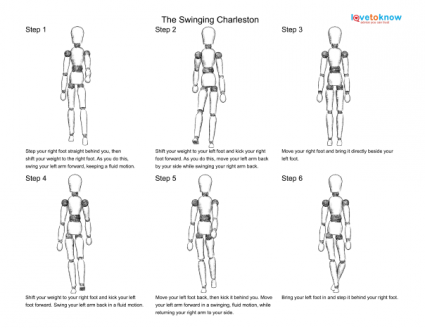 But as with all things, you have to start with the basics. And the basics are easy. Once you learn the fundamentals, you'll be swinging in no time. Always remember, wear comfortable shoes. Now let's go swinging.
But as with all things, you have to start with the basics. And the basics are easy. Once you learn the fundamentals, you'll be swinging in no time. Always remember, wear comfortable shoes. Now let's go swinging.
Basic steps (East Coast Swing)
Beginners usually start with East Coast Swing, because it is the easiest of all swing styles. Here we will show you the basic 6 count step for East Coast Swing.
East Coast Swing has a basic count of 1&2, 3&4, 5,6. It's known as a triple step swing. The basic pattern is triple step, triple step, and a rock step.
When you're starting out you can replace the triple step with a single step. In that case the pattern would be step, step, rock step or rock step, step, step, depending on how you start counting. The overall progression is, of course, the same.
The triple step is really not that difficult to master, it is performed in a chasse-like manner - side step, together, side step.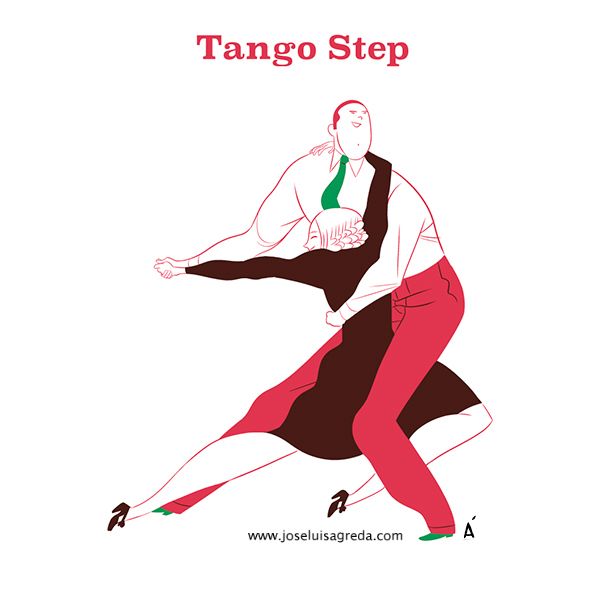
Instructions & Diagrams:
Basic Steps For Men: The man starts with his left foot.
- 1&2: Triple step (chasse) to the left (left-right-left)
- 3&4: Triple step to the right (right-left-right)
- 5: Step backward with your left foot
- 6: Weight shifts to your right foot
Basic Steps For Women: The woman starts with her right foot.
- 1&2: Triple step (chasse) to the right (right-left-right)
- 3&4: Triple step to the left (left-right-left)
- 5: Step backward with your right foot
- 6: Weight shifts to your left foot
Remember, keep the steps small.
Video
Leon and Kim will show you the basic steps, how to turn, and more:
more videos »
Now let's have some more fun, let's do some kicking:
Where to go next?
When you're ready for more fun, check out our recommended video lessons. Video is a great way to learn dancing.
Encyclopedia of dance: Swing
Jive and Charleston, rock and roll and boogie-woogie - these and many other dances are the "children" of swing, the melodies and rhythms of which will enchant, envelop with their passion and sensuality.
Swing dance developed in parallel with music in the 20s-40s of the 20th century. The term "swing" covers several dances of the corresponding direction, as well as music, in this style.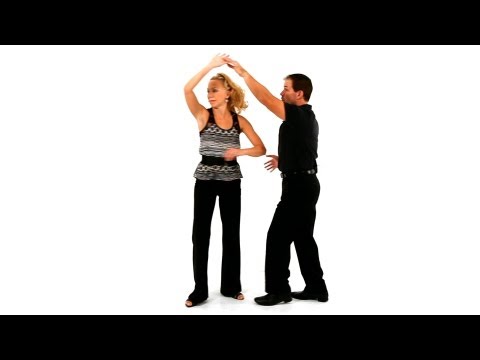 In today's world, many "swing" dances are performed to modern music that fits the tempo and rhythm.
In today's world, many "swing" dances are performed to modern music that fits the tempo and rhythm.
History of Swing
The first forms of swing emerged in the late 19th and early 20th century in the southern United States. The racial laws of Jim Crow led many African Americans from the southern United States to move to the north, where the treatment of Africans was more tolerant. Together with them they brought their dance and musical culture. The art of the white and African American population of America was mutually enriched, and, as a result, new styles and genres appeared. Thus, each city could have its own version of swing compositions, for example, Black Bottom or Rhythm Tap dance (tap).
The term "swing" was first used in 1911 to characterize the Texas Tommy dance, during which the partner "spun" the partner, which is reflected in the name "swing".
Since the 20s of the 20th century, the dance has spread in America and Europe, actively absorbing the national characteristics of the country in which it was performed.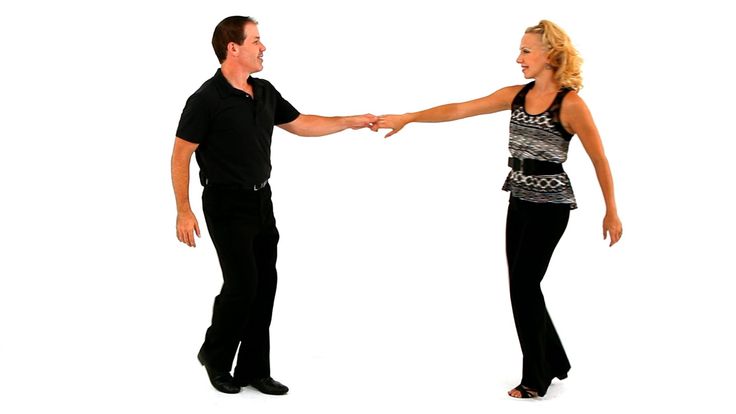 Therefore, in the modern world of dance there are many varieties of swing - from slow jazz compositions to fast ones.
Therefore, in the modern world of dance there are many varieties of swing - from slow jazz compositions to fast ones.
What is swing?
Swing-oriented several dancing:
- Lindi-hop
- Balboa Bigi 9000 9000 woogie
- West Coast Swing and many other dances.
Swing is based on African American folklore, with a characteristic syncopated rhythm in the music. Since there are a lot of types and forms of swing, and all of them have characteristic differences, this also affected the music to which these dances are performed. So, Charleston is traditionally danced to ragtime, lindy hop to swing (jazz), country swing to country music, hip-hop swing to hip-hop. Swing actively absorbed and continues to absorb local features, even various clubs, DJs and coaches brought their own vision of dance compositions to the dance.
Swing dances are usually paired.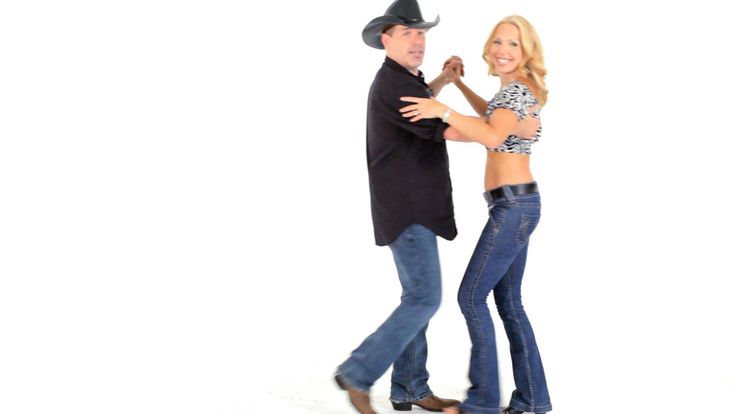 There is close contact between partner and partner, although in some events individual space is allowed to demonstrate one's skill. Many types of swing, such as rock and roll, are replete with acrobatics.
There is close contact between partner and partner, although in some events individual space is allowed to demonstrate one's skill. Many types of swing, such as rock and roll, are replete with acrobatics.
Types of swing and their features
Texas Tommy is considered to be the forerunner of swing. After analyzing the movements of this dance and the movements of the Lindy Hop, the first dance in the swing style, their complete identity was noticed, with the exception of a few steps. Later, Texas Tommy incorporated many elements from the dances of the Grizzly Bear, Turkey Trot, Bunny Hop and others, in which the dance steps parodied animal movements.
In the 10-20s of the 20th century, Charleston, a dance that emerged from the African American environment, gained popularity. This dance was performed both on stage and in clubs. In the late 1920s, another dance originated from the Charleston - Breakaway, which included elements of Texas Tommy and Lindy Hop.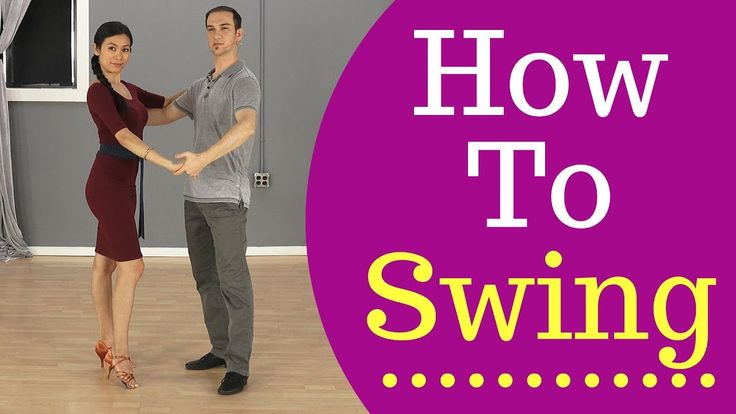 Lindy hop peaked in popularity in the late 1930s and early 1940s. This dance is considered the most developed and complex form of swing. A feature of Lindy Hop is the possibility of improvisation and rhythmic flexibility, as well as the ability to perform under any jazz or blues music.
Lindy hop peaked in popularity in the late 1930s and early 1940s. This dance is considered the most developed and complex form of swing. A feature of Lindy Hop is the possibility of improvisation and rhythmic flexibility, as well as the ability to perform under any jazz or blues music.
Balboa - swing dance on an 8-part basis. The peculiarity of this dance is fast foot movements and close contact between partners. The dance is performed to fast jazz music, tempo from 180 to 320 beats per minute.
Among the swing varieties of the 30s and 40s, one can note the Carolina shag, Collegiate shag, St. Louis Shag and others.
The forties and fifties also brought their own forms and styles of swing. Boogie-woogie is still popular in Europe. This dance is very similar to East Coast Swing and is performed to boogie-woogie and jump-n-jive.
Since the 1930s, jive has gained popularity among young people. This word in translation means "talk, nonsense." Now jive is part of the Latin American ballroom dance program and is very different from swing in terms of performance, although it uses the same dance combinations.
Swing is traditionally divided into "ballroom" and "street". In ballroom swing there is a certain set of figures that must be performed on stage or in competitions. Street swing is performed in clubs, at parties, on the streets. It has great freedom in the choice of movements and a tendency to develop and modify. 9The Big Apple It originated in South Carolina in 1936 and quickly became incredibly popular - there were hundreds of clubs all over America in which only the Big Apple danced. The caller stands in the center of the circle of dancers and calls out moves from Charleston and stomp off to truckin'.
Balboa is a hybrid of Collegiate Shag, popular at the end of 1920s and Arthur Murray Shag. Formed during the famous dance nights at the Balboa Pier in Newport Beach, California. A group of regulars began to call themselves the Balboa Dancers, and the dance began to be seen as a new form, although in essence it is still the same Shag. Balboa is played mainly in a closed position and has an 8-count basis.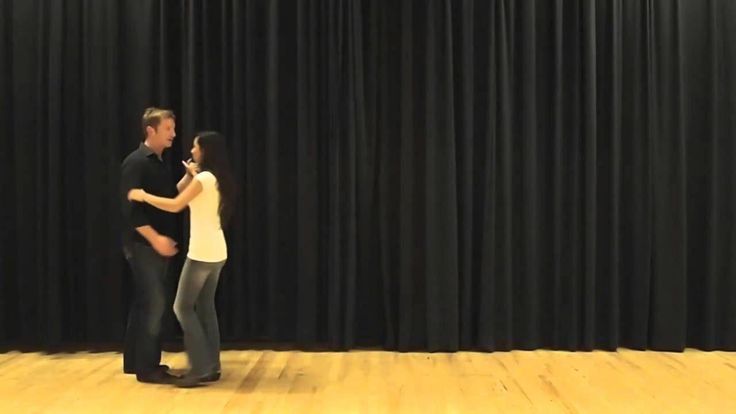 The popularity of dance was facilitated by the rules of many ballrooms where breakaways were prohibited (even such large ballrooms as the Los Angeles Paramount adhered to this rule). The perfect dance for a packed dance floor.
The popularity of dance was facilitated by the rules of many ballrooms where breakaways were prohibited (even such large ballrooms as the Los Angeles Paramount adhered to this rule). The perfect dance for a packed dance floor.
Boogie Woogie was originally the name of a style of piano playing. In 1938, a dance under this name was introduced by Whitey's Lindy Hoppers at the Cotton Club at a performance by Cab Calloway. For quite some time, "boogie-woogie" was called Lindy Hop, performed at a fast pace. After the Second World War, the Europeans named this term one of the dances of the Jiva subgroup.
Charleston - a dance with African-American roots, combining one-step and foxtrot, spread throughout America in 191920s, after being featured in the 1923 Broadway play Runnin' Wild to the song "Charleston". By 1925, the Charleston was being danced everywhere - its popularity was so great that even for waitresses, one of the requirements for employment was the ability to dance the Charleston.
East Coast Swing is a simpler form created in 1942 by the two major dance teacher associations in America. A hybrid of foxtrot and syncopated two-step, based on a 6-count.
Hollywood Style Lindy Hop is a modern variation of the Lindy Hop, differing from the classic by having both 8-count and 6-count, representing a mixture of Lindy Hop and West Coast Swing. It was created by Sylvia Sykes and Jonathan Bixby based on the choreography of 1940s Hollywood films.
Imperial Swing is a St. Louis variation of the West Coast Swing.
The Jamaica is a New Orleans variation of the West Coast Swing.
Jitterbug is a collective name for all swing dances that came into use in the early 1940s. The term itself initially had a rather humiliating meaning - in the American slang of that period, jitterbug meant "pale spirochete." In the 1930s, that was the name of any bad white dancer, that's what Benny Goodman called the dancers at one of the concerts, but the newspapers, who were not familiar with the slang meaning of the term, picked it up.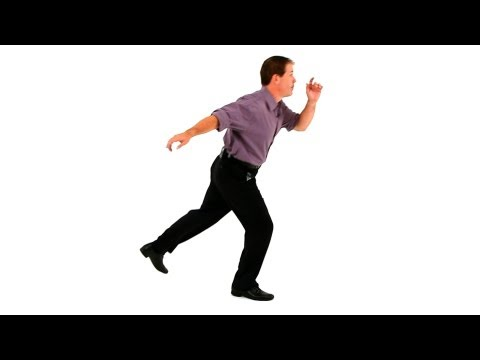
The Jitterbug Stroll is a modern variation of Shim Sham created by Ryan Francois. Includes 90 degree turns between sections.
Jive is a European variation based on East Coast Swing, triple step changed to single step. The term comes from the title of Cab Calloway's book Jive Talk, published at the same time. In this case, Europeans' ignorance of American slang is to blame - "jive" means, to put it mildly, "nonsense". At the moment, he has a steady set of movements and does not allow improvisation.
Lindy is a modern version of Lindy Hop. Swedish invention. Includes both
Lindy Hop is the first and main swing dance that gave life to all subsequent variations. Lindy Hop is visualized jazz. Thanks to the breakaway (swingout), there is room for improvisation and spontaneous creativity. Lindy Hop has a very loose base on which thousands of variations are built and the ability to create new movements. Newcomers are usually drawn to crazy and delicious aerials, but the true soul of Lindy Hop lies in freedom - every "mistake" can become a new movement.
Newcomers are usually drawn to crazy and delicious aerials, but the true soul of Lindy Hop lies in freedom - every "mistake" can become a new movement.
New Yorker is a combination of West Coast Swing and East Coast Swing created in the 1950s by Marge and Gower Champion.
Savoy Style Lindy Hop is sometimes called the classic Lindy Hop. It is impossible to seriously talk about the “Savoy style”, because even the professional dancers of the Savoy Ballroom had very different styles.
Push (Dallas Push) is a Texas variation of West Coast Swing.
Shag - originates from the southern states of America and has many forms. Dancing in a closed position.
Arthur Murray Shag is a 1931 revision of the Collegiate Shag by Arthur Murray.
Carolina Shag - A mixture of Collegiate Shag and Charleston, the latest form - originated in the 1930s in South Carolina.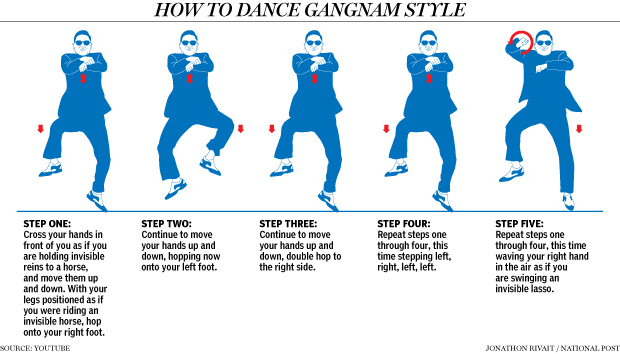
Collegiate Shag - New Orleans uniform, was very popular among students.
Louis Shag - more like a Charleston, ideal for fast paced.
Shim Sham - "collective" dance, originally created for Broadway shows, was picked up and developed by Whitey's Lindy Hoppers dancers, including a variety of Lindy Hop moves - stomp, boogie back, Shorty George. It is performed in a line, to one wall, the leader (caller) shouts out the movements. The most enjoyable part is when the host says "Swing!" - at this point, you should grab the nearest partner and dance the Lindy Hop until the leader says "Stop!" The classic track for Shim Sham is "Tuxedo Junction".
Swing Rueda is a modern hybrid of the Big Apple and Salsa Rueda popular in the 1950s. Created by Elaine Hewlett and Jeff Miller.
West Coast Swing (Dean Collins Style) is a Lindy Hop variation created in the mid-1930s by dancer Dean Collins. The modern version incorporates many of the hustle moves and is very different from Collins' original version.
The modern version incorporates many of the hustle moves and is very different from Collins' original version.
Whip (Houston Whip) The is another Texas variation of the West Coast Swing.
Quick-step
Member of the St. Petersburg Dance Sports Federation FTSSPB,
All-Russian Federation of Dance Sports and Acrobatic Rock and Roll VFTSARR,
International National Sports Federation WDSF
st. Kurskaya 28/32, Kosygina Ave. 30, building 1 and 15 more branches
How the quick-step dance appeared
With the end of the First World War, the ideas of new life and freedom that swept society inevitably reflected on the nature of the dances performed. In those years, jazz dominated the world. Its rhythms and energy affected the manner of playing the orchestras of dance halls, where the foxtrot was performed at that time. The pace of performance became much more energetic, and the dancers no longer had time to dance the old steps.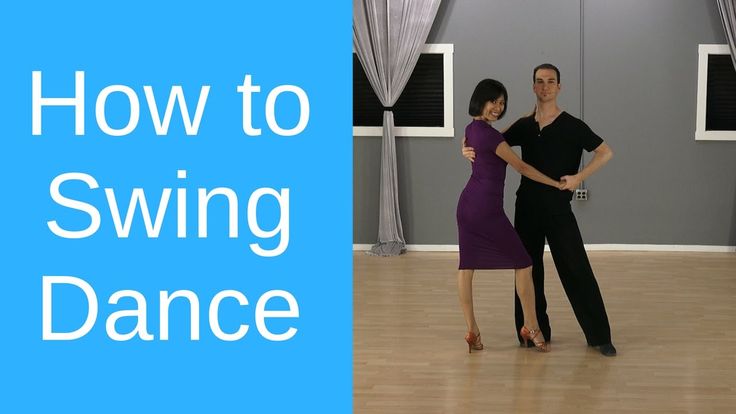 It became such a burning topic that it generated discussions even in the leading newspapers of the time! There was a need for new figures. And in order not to cause indignation of dancing couples, at dance parties, lovers of the “old” foxtrot began to warn about the new pace with the words “quick-time foxtrot” or “quick-time steps”. Which became a little later a short quickstep.
It became such a burning topic that it generated discussions even in the leading newspapers of the time! There was a need for new figures. And in order not to cause indignation of dancing couples, at dance parties, lovers of the “old” foxtrot began to warn about the new pace with the words “quick-time foxtrot” or “quick-time steps”. Which became a little later a short quickstep.
Fashion moves at an accelerated pace were first danced at the beginning of the 20th century by African dancers in the suburbs of New York. And after its debut at the American Music Hall, the new dance quickly gained popularity in the United States and soon went beyond the continent. It happened in 1923, when the Paul Whiteman Orchestra introduced a new interpretation of the rhythm and tempo of famous dances to the UK. The performance was accepted with a bang, and the famous dance couple Frank Ford and Molly Spain immediately included the dance in their program. However, having saved it from excessively frivolous foot movements and supplemented it with the characteristic elements of a foxtrot. Therefore, the official birth date of quick-step is 1923 years old
Therefore, the official birth date of quick-step is 1923 years old
Over time, quick-step has absorbed elements of almost all popular dances: Charleston, shimmy, swing, jitterbug and black bottom have long since sunk into the past, but have significantly enriched quick-step with their discoveries. Because of this, modern quick-step has acquired new qualities - it has become brighter, more unexpected, richer, more technical. But the main thing remained unchanged: beauty, fun and excellent mood of the dancers and spectators!
Characteristic features of the quick-step dance
This fresh, graceful and technical dance has taken sparkling expression from American roots, and restrained refinement from English ones. Basic rules for its execution:
- Quick-step is danced only in pairs;
- Performance tempo - 48-50 measures or 200 beats per minute;
- Time signature 4/4, rhythm syncopated;
- Dance of a free composition, consists of "fast" (quick) and "slow" (slow) elements, intricately linked into a single pattern.
